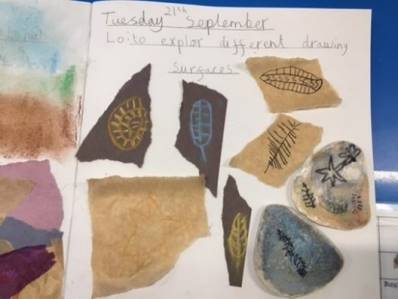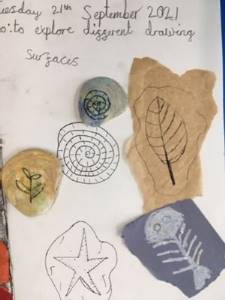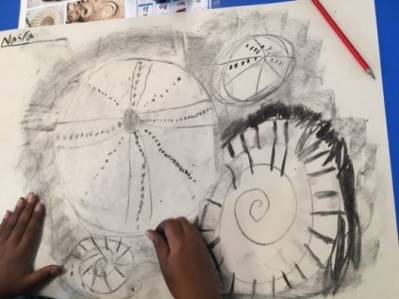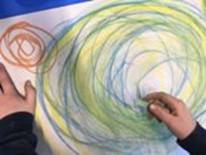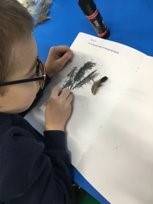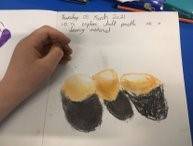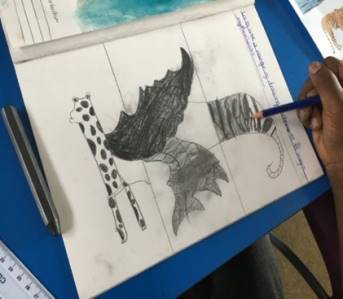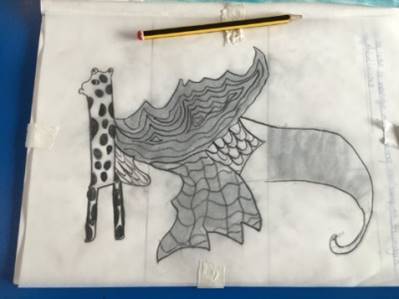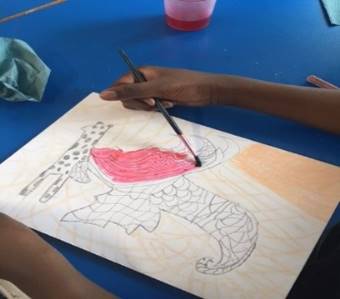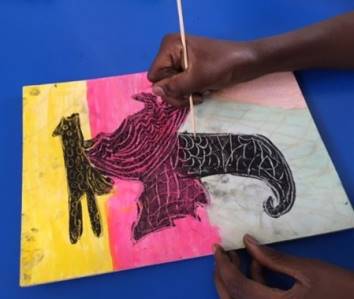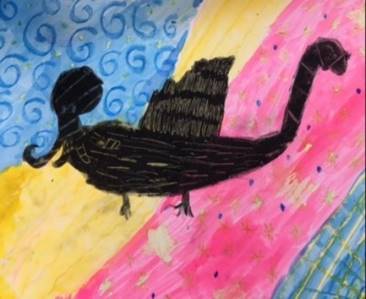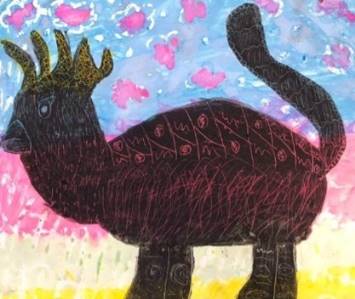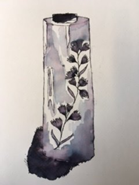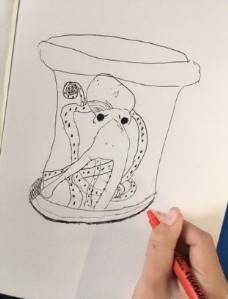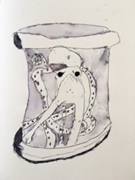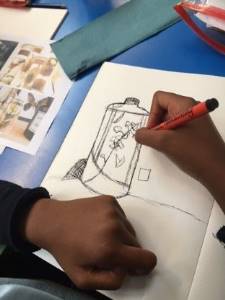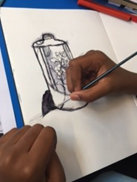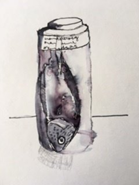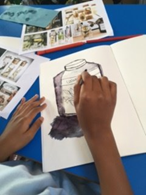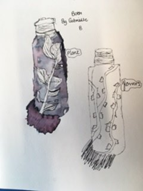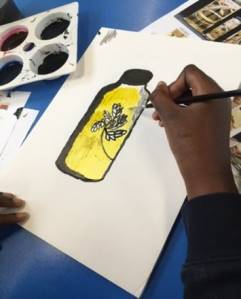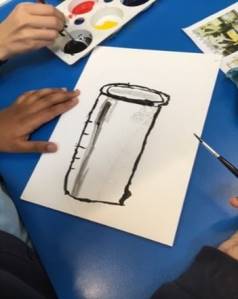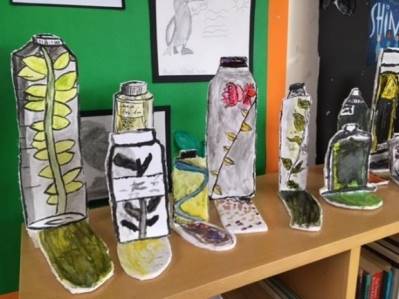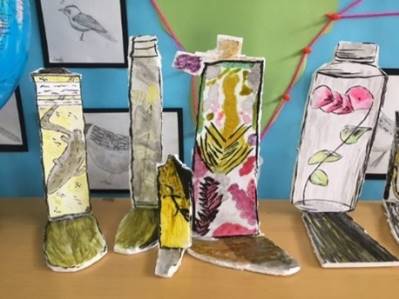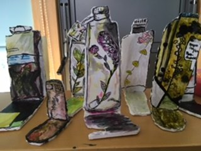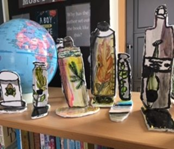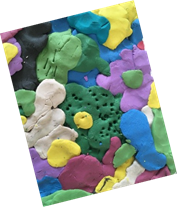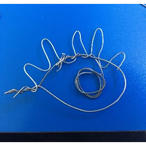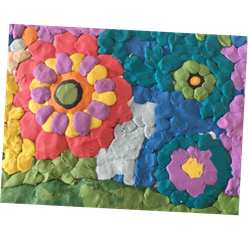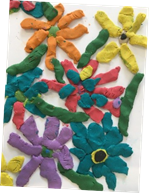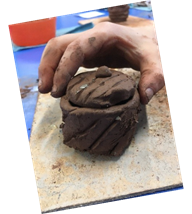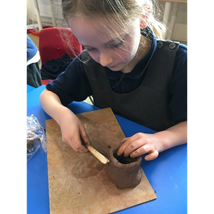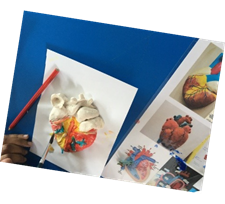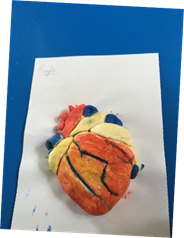Art
We see children as unique individuals and strive for ‘Excellence for all. Excellence from all’. In that respect we understand that a broad creative curriculum is essential in underpinning a full range of skills needed for all children to thrive and succeed.
We aim to enthusiastically promote the teaching and learning of Art and Design at Immanuel. We ensure curriculum coverage that delivers engaging lessons, building on a progression in skills, while creating a safe and nurturing environment where pupils are encouraged to take creative risks and to learn from the journey, rather than head towards a pre-defined result. Most importantly we enable students to leave school as well-informed culturally aware individuals.
“Art is a foundation subject of the National Curriculum and an important part of developing our children’s ability to develop their individual creativity, express their ideas and understanding and to work both individually and collaboratively with others. Our aim is to ensure that children are confident approaching artwork, feel a strong sense of achievement, value the impact of art within our own lives and are able to reach their full potential.”
National Curriculum 2014
Click here for our Art curriculum overview
How we teach the subject
Working from aims and attainment targets set out in the National curriculum basic skills are introduced and then built upon, with units covering drawing, painting and sculpture. Skills are revisited and the use of ongoing sketchbook work underpins this process. By creating a safe and nurturing environment, pupils are encouraged to take creative risks and to learn from the journey, rather than head towards a pre-defined result.
The children are taught through a range of approaches such as:
- Specialist Art & Design lessons led by the school’s Art specialist teacher
- Teaching of Art skills through Immanuel’s Creative Curriculum?
- After-school clubs
Drawing
Art
Painting
Design
Sculpture
Art- Sculpture
How to help your child at home
Drawing ideas to try with your children at home:
Drawing is a vital learning tool, and you do not have to have flashy art materials to draw, a pencil and scrap of paper will do. If you can, allow children to try a range of drawing materials:
Pencils, biro, felt tip pen, crayon, chalk, paint, oil pastels, chalk pastels even natural things like mud!
Encourage use of a sketchbook – it can be as simple as a few pieces of paper taped together to a shop bought sketchbook, but they can use it anywhere. Try to allow your child to enjoy the process of art, as adults we become fixed on product, we ask our children ‘what is it?’ and tend to compliment a ‘nice picture. Instead encourage the effort, ask ‘how do you feel about it?’ ‘Was it tricky to draw or fun?’
Drawing activities:
- Draw with your non dominant hand (hilarious and free’s up our concern over product)
- Draw without looking at the page (very funny)
- Draw without taking your pen/pencil off the page – a continuous line
- Draw an object in 5 lines only
- Draw an object using dots only
- Draw with a ruler using straight lines only (can you draw an orange)
- Draw something that grows
- Draw a dog walking machine
- Draw what is in the box (imagine the contents)
- Draw a self portrait
- Draw with paper (tare, rip and cut to create a picture)
- Draw using an Ipad or computer (Tate kids website has some great online tools)
Useful websites:
- https://www.tate.org.uk/kids
- https://designmuseum.org/
- https://thebigdraw.org/
- https://www.accessart.org.uk/
- https://www.nationalgallery.org.uk/
If you have the opportunity visit Art galleries or Museums and look at art. Museums are wonderful places to draw artefacts or paintings. Just choose one or two pieces to look at or a special exhibition of work otherwise it can be overwhelming. We are lucky in this country that the National Gallery, Tate, Museums etc... are free so can be a cheap and enjoyable day out.
Or look at work online, the National Gallery has a painting of the month which they focus on, you could look at this together.
When looking at art think about:
- What can you see in the picture?
- How does it make you feel?
- What colours has the artist used?
- Why do you think they chose those colours?
- Do you like the picture?
- If you were in the picture, where would you be and why?
- How was the artist feeling when they made the picture?
- What can you hear in the picture?

